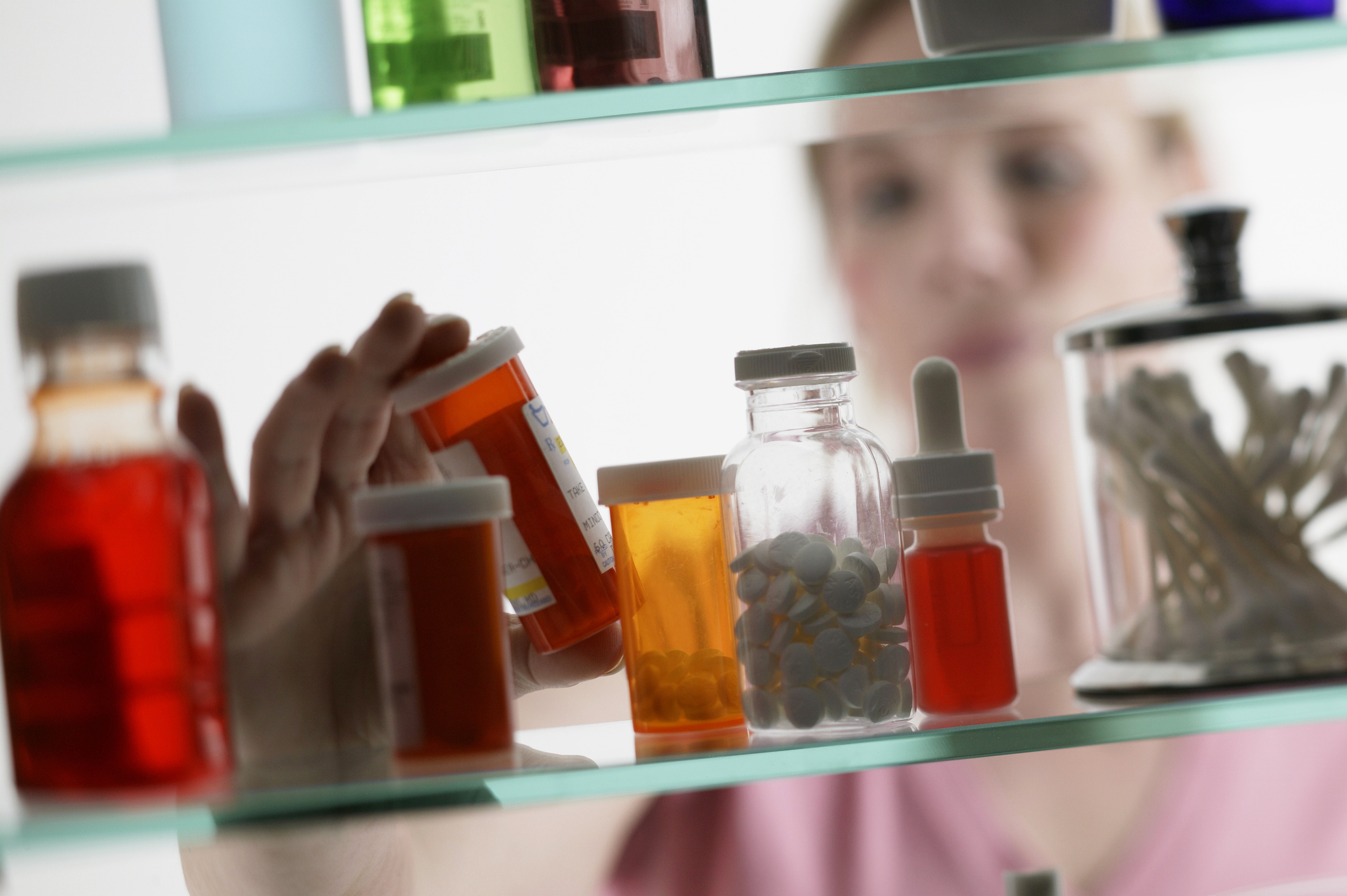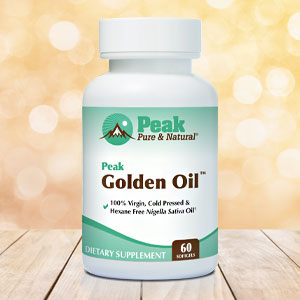Get Easy Health Digest™ in your inbox and don’t miss a thing when you subscribe today. Plus, get the free bonus report, Mother Nature’s Tips, Tricks and Remedies for Cholesterol, Blood Pressure & Blood Sugar as my way of saying welcome to the community!
COVID’s surprising legacy: Making other infections more dangerous

When Alexander Fleming discovered penicillin, it was the dawn of a new era in medicine. Suddenly there was an effective treatment for infections that otherwise proved deadly.
In the following decades, more than 100 antibiotics have become widely available.
However, their ease of access led to overuse. Even though antibiotics are only effective against bacterial infections, doctors have often used them to treat viral infections as well.
This has led to antibiotic resistance. And though it’s been a serious problem for decades, the medical community didn’t respond in earnest to this threat until the past decade or so.
Doctors doubled down on their efforts to scale back antibiotic use — and it seemed to be working…
The Centers for Disease Control and Prevention (CDC) reported that from 2012 to 2017, antimicrobial-resistant infections in U.S. hospitals fell by 27 percent. So, there was definite progress being made.
Then, the pandemic happened…
COVID-19’s new wave of antibiotic resistance
According to the CDC, in 2020 antimicrobial-resistant infections and deaths increased by an overall 15 percent among seven specific pathogens that can cause pneumonia and infections of the blood and other parts of the body.
For instance, there was a 78 percent increase in infections caused by Acinetobacter which is resistant to carbapenem, the main antibiotic used to treat it. This bacteria can cause lung, blood, wound and urinary tract (UTI) infections, among others.
There was also a 32 percent spike in multidrug-resistant Pseudomonas aeruginosa infections, which can include UTIs, upper respiratory, skin, bone and joint infections, as well as gastro and systemic infections.
A 14 percent rise was seen in vancomycin-resistant Enterococcus (VRE), and a 13 percent increase in methicillin-resistant Staphylococcus aureus (MRSA) infections.
Fungal infections caused by resistant pathogens also rose in 2020. Candida auris infection rose 60 percent overall, and hospital-based infections caused by all other Candida species increased 26 percent.
Infection control took a hit
So, what caused these increases? According to the CDC, it was a combination of too many antibiotics and not enough infection control.
From March 2020 to October 2020, almost 80 percent of patients hospitalized with COVID-19 received an antibiotic. Sicker patients required more frequent and longer use of medical devices like catheters and ventilators, both of which raise the risk of infection.
Even though some may have been appropriate to control the risk for related bacterial or fungal infections, this high level of use can allow resistance to develop and spread.
During the first year of the COVID-19 pandemic, more than 29,400 people died from antimicrobial-resistant infections commonly associated with healthcare. And nearly 40 percent of these developed the infection while they were in the hospital.
The pandemic also reversed the progress being made in cautious antibiotic prescribing. In the first year of the pandemic, patients with pneumonia-like symptoms of fever and shortness of breath were often given antibiotics as a first treatment option, even though these symptoms indicated COVID-19 was a virus for which antibiotics are not effective.
“This setback can and must be temporary,” says Michael Craig, director of CDC’s Antibiotic Resistance Coordination & Strategy Unit. “The COVID-19 pandemic has unmistakably shown us that antimicrobial resistance will not stop if we let down our guard; there is no time to waste. “The best way to avert a pandemic caused by an antimicrobial-resistant pathogen is to identify gaps and invest in prevention to keep our nation safe.”
How can you protect yourself
The CDC says it remains committed to the U.S. National Action Plan for Combating Antibiotic-Resistant Bacteria (CARB) and will move forward by addressing gaps in the public health system and exploring investments in U.S. healthcare infrastructure.
In the meantime, there are a few things you can do to protect yourself from antibiotic resistance…
The first is to ask questions if you are prescribed an antibiotic. For instance, sinus infections are extremely common, and doctors and patients often take the antibiotic treatment route. But investigators have found that antibiotics aren’t necessary for a basic sinus infection — most people get better on their own.
Secondly, try to stay out of the hospital, since that’s the place you’re most likely to contract a resistant infection. But accidents and medical emergencies do happen.
That makes it important that you do things to shore up your immune system so it’s ready for battle, with or without antibiotics…
- Eat a well-balanced diet with plenty of nutrient-rich fruits and vegetables—and few if any processed foods and red meat. In fact, consider the foods that decreased frontline workers’ risk of COVID-19 infection by 73 percent.
- Eat more garlic. Garlic contains a powerful compound known as allicin that has demonstrated antiviral, antifungal and antibiotic effects. It’s even been reported to kill antibiotic-resistant bacteria.
- Get plenty of vitamins A, C and D as well as zinc, whether through diet or supplements to help boost your immune system.
- Take probiotics. Studies show that certain microbes that are part of a healthy gut microbiome can extend to your lungs and help protect them from pneumonia-causing microbes. Probiotics can also protect your gut microbiome against dysbiosis if you have to take antibiotics. But take them daily — not just when you get sick.
- Supplement omega-3 fatty acids when you have to take antibiotics. Fish oil was found to boost the effectiveness of antibiotics against Acinetobacter, mentioned above as one of the most troubling. “Fatty acids in fish oil render the bacteria more susceptible to various common antibiotics,” said microbiologist Dr. Bart Eijkelkamp, who leads the Bacterial Host Adaptation Research Lab at Flinders University.
Editor’s note: Did you know that when you take your body from acid to alkaline you can boost your energy, lose weight, soothe digestion, avoid illness and achieve wellness? Click here to discover The Alkaline Secret to Ultimate Vitality and revive your life today!
Sources:
COVID-19 Reverses Progress in Fight Against Antimicrobial Resistance in U.S. — Centers for Disease Control and Prevention
9 Antibiotic Alternatives You Need To Have On Hand — Easy Health Options
Discovery and Development of Penicillin — ACS
Antibiotics — eMedicineHealth
The evolving response to antibiotic resistance (1945–2018) — Humanities & Social Sciences Communications













